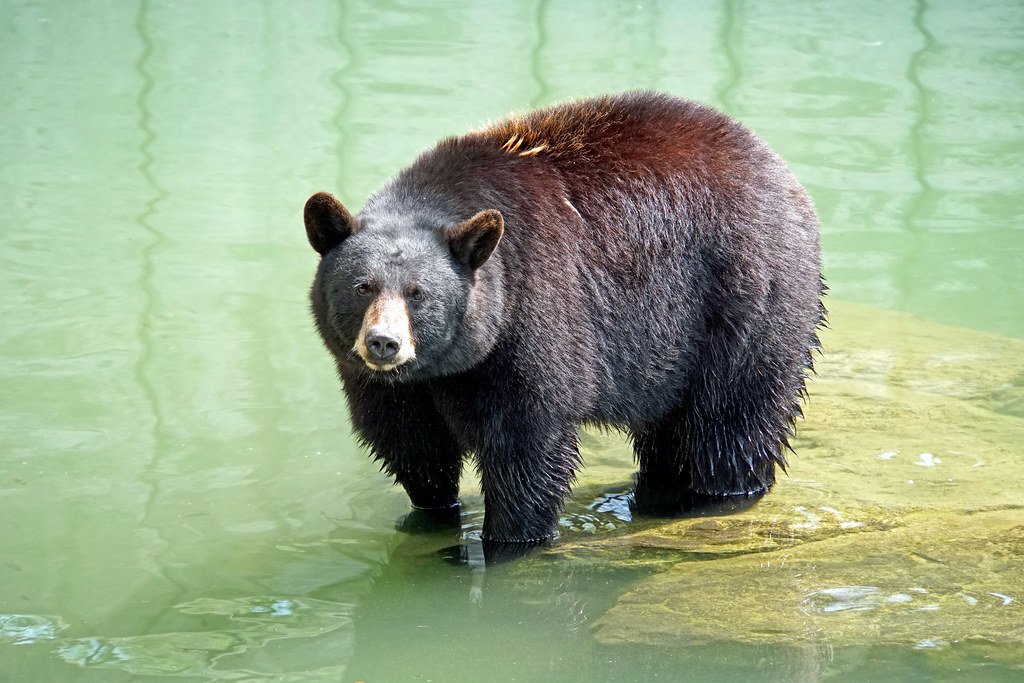Imagine waking up to find a black bear ambling through your backyard, nosing around the trash cans as if it owns the place. Not so long ago, this was a rare occurrence in many parts of North America. But now, the American black bear is popping up in places people never expected. With each paw print pressed into new ground, these curious, clever animals are reshaping what it means to share our world with wildness. The expansion of black bear territory is thrilling, a little unnerving, and packed with lessons about both nature’s resilience and our own role in the ever-changing dance between human and wildlife. So, what’s fueling this big bear boom, and how should we respond when wild meets suburbia right outside our front doors?
The Resilient Return of the Black Bear
The American black bear’s story is one of remarkable survival. After a century of habitat loss and hunting pushed their numbers to the brink, black bears are bouncing back in regions where they once vanished. They’ve reclaimed forests in the Northeast, drifted into the Midwest, and even wandered close to bustling cities. This expansion isn’t just luck—it’s a testament to how adaptable these animals are. They can thrive in dense forests, mountain slopes, and even fragmented woodlots near neighborhoods. When you spot a black bear out and about, you’re witnessing resilience in action, the wild heart of North America refusing to fade away.
A Changing Landscape: Why Black Bears Are on the Move
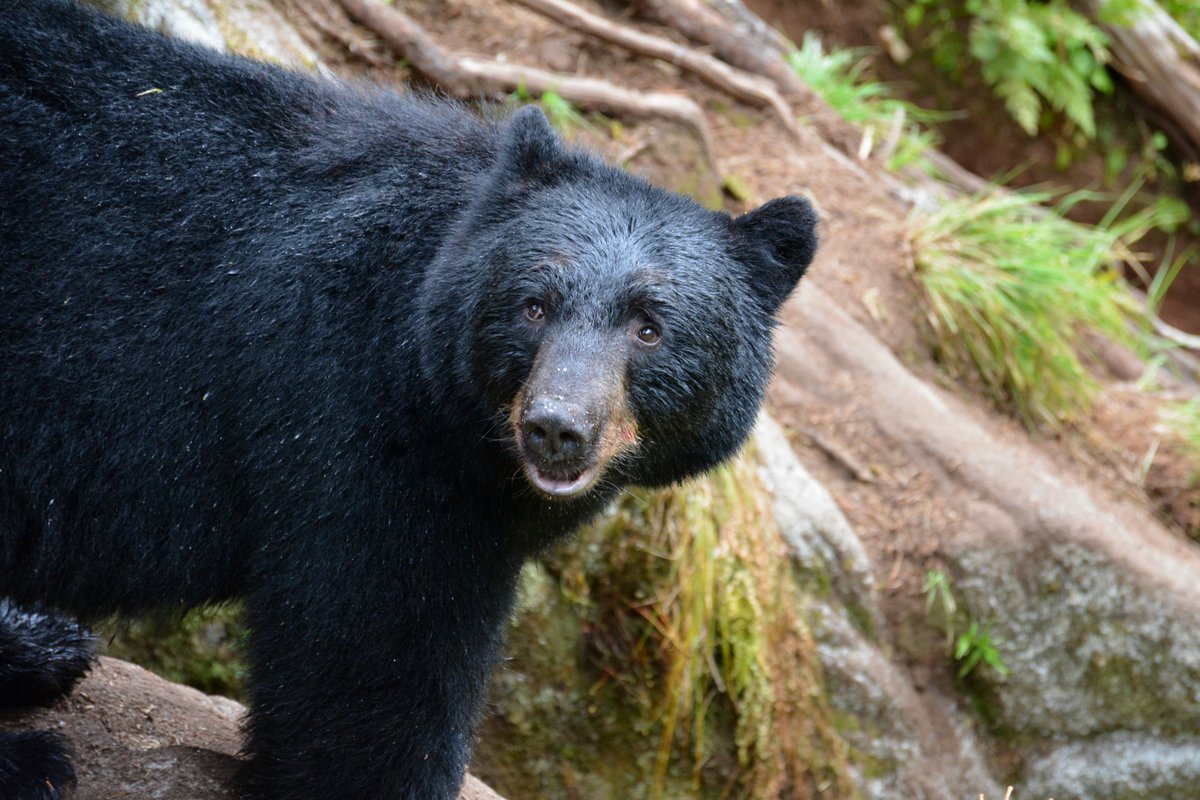
The landscape itself is changing, and so are the bears. Decades of reforestation in the eastern U.S., fewer large carnivores like mountain lions and wolves, and a drop in rural farming have all created space for black bears to roam. Warmer winters may also help more cubs survive, nudging populations upward. Add to that more available food—thanks to berry bushes, oak trees, and, yes, overflowing garbage bins—and you have a recipe for expansion. Black bears are opportunists, taking every chance they get to explore new territory, which sometimes brings them right to our doorsteps.
Bear Biology: What Makes Black Bears Such Survivors?
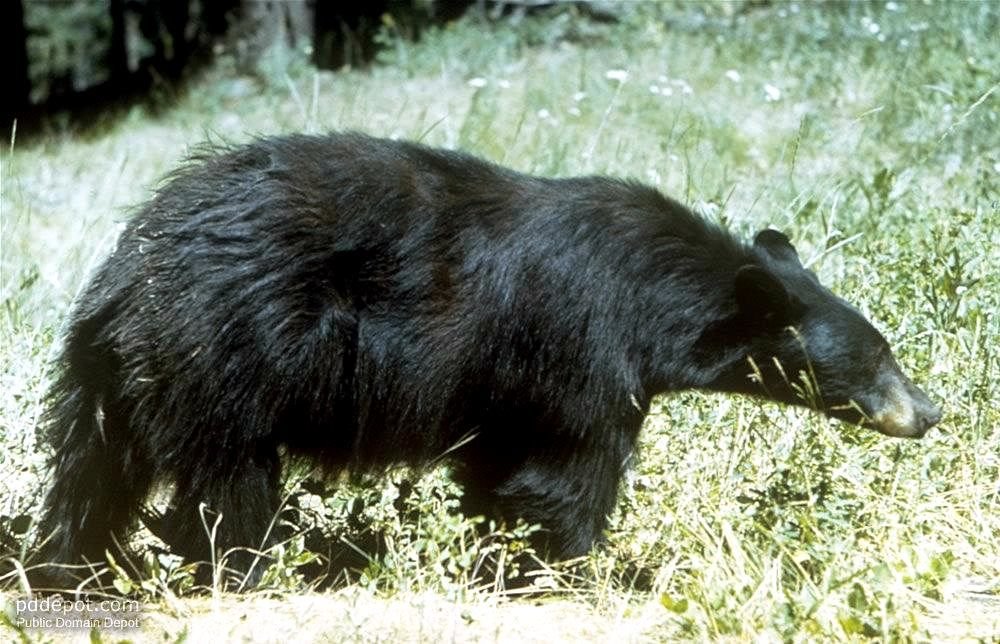
Black bears aren’t just big and strong—they’re also incredibly resourceful. Their keen sense of smell is legendary, able to sniff out food more than a mile away. They’re not picky eaters, happily munching on berries, insects, nuts, and the occasional backyard bird feeder. Black bears can climb trees with ease and swim across rivers, making barriers that stop other animals almost useless. Females are fiercely protective mothers, teaching their cubs the tricks of survival. This combination of intelligence, agility, and adaptability is why black bears seem to find a way, even as the world around them shifts.
Urban Encounters: Bears Meet the Suburbs

As forests regrow and suburbs stretch ever further into wild places, it’s no surprise that black bears and humans are bumping into each other more often. Bears have wandered through towns in New Jersey, strolled across golf courses in Georgia, and even taken dips in backyard pools in California. Sometimes these meetings are harmless, a quick glimpse before the bear lumbers away. Other times, a bear’s curiosity about barbecues or trash cans leads to trouble. These encounters can be thrilling, scary, or downright hilarious, but they always remind us that the wild isn’t as far away as we might think.
The Science of Tracking Bear Expansion
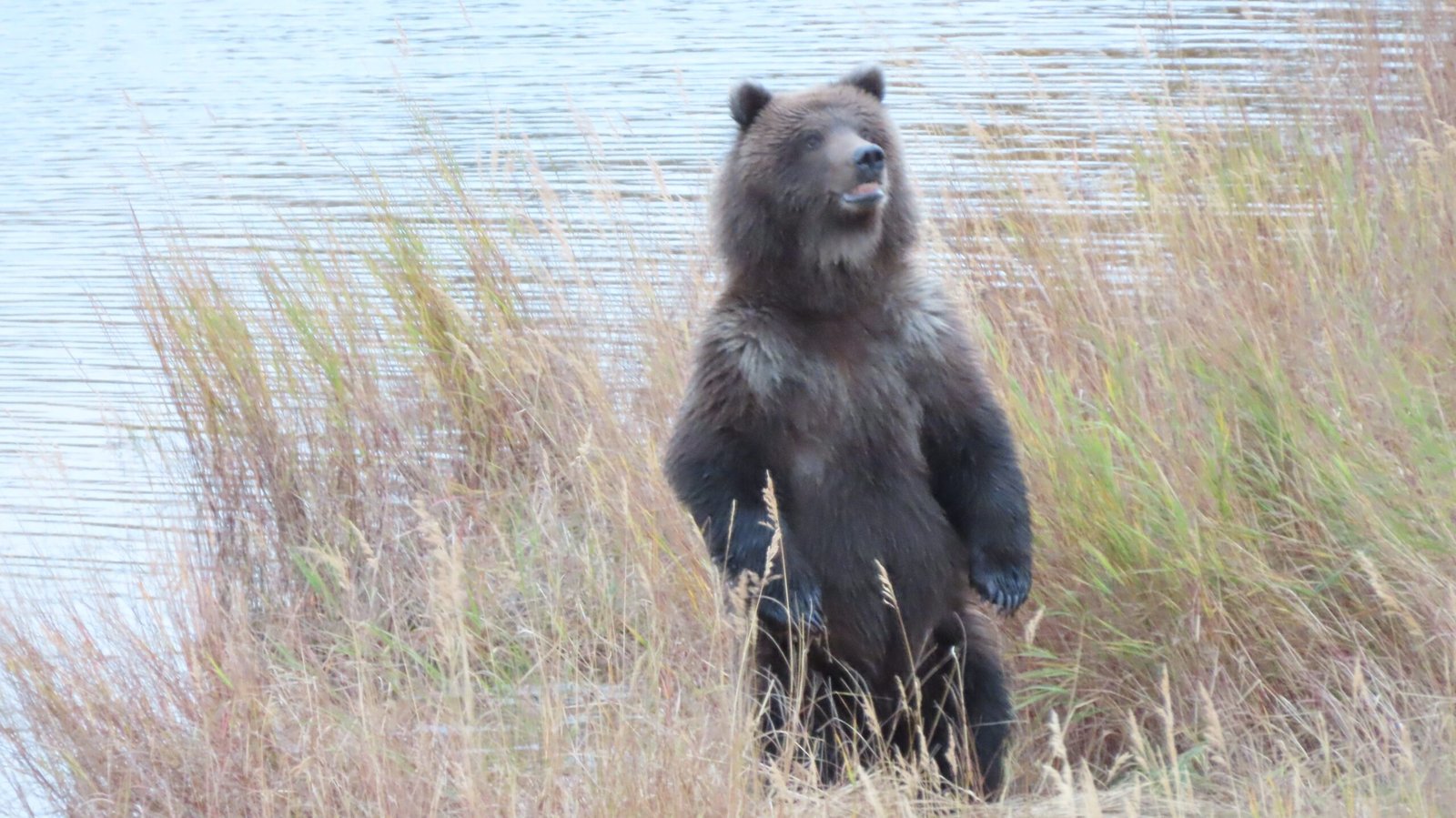
How do we know where black bears are headed next? Scientists use a mix of techniques—satellite collars, camera traps, and footprints in the mud—to follow their journeys. By mapping sightings and genetic samples, researchers can see which populations are thriving and which are struggling. This science isn’t just about curiosity; it’s vital for managing both bear populations and human safety. When researchers can predict where bears might go next, they can help communities prepare, reducing the chances of unwanted run-ins or bear-related accidents.
Bear Diet: What’s on the Menu?
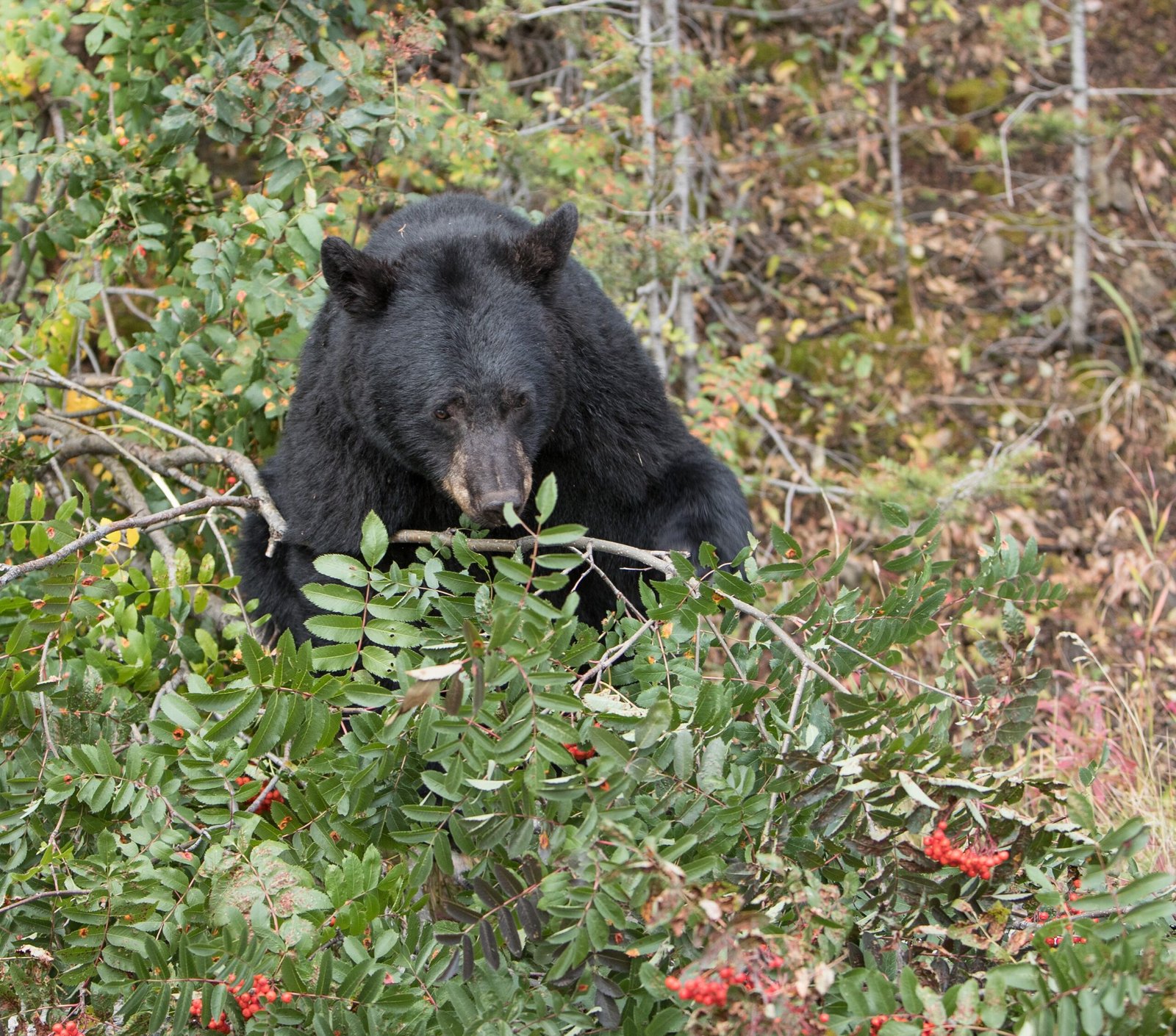
Black bears are true omnivores, and their menu is as varied as their habitats. In the spring, they gorge on grasses and young shoots. Summer brings juicy berries and cherries, while fall is feast time with acorns, nuts, and the occasional apple from an orchard. Protein comes from insects, fish, and sometimes deer fawns. In areas near people, bears quickly learn about easy meals—bird feeders, pet food, and unsecured trash cans. This adaptability means bears can survive in places where other large animals might starve, but it also brings them closer to human homes, sometimes with risky consequences.
Bear Behavior: Curious, Cautious, and Clever

Despite their size, most black bears are shy and avoid people whenever possible. But their curiosity can get the better of them, especially when food is involved. Bears will investigate new smells and sounds, sometimes leading them right onto porches or into garages. They remember the location of food sources and can return year after year if they’re rewarded. Mothers teach their cubs these habits, creating generations of bears that become “problematic” only because they’re so good at learning from us. Understanding bear behavior helps people make smarter choices about coexisting with these remarkable neighbors.
Human-Bear Conflicts: Where Trouble Begins
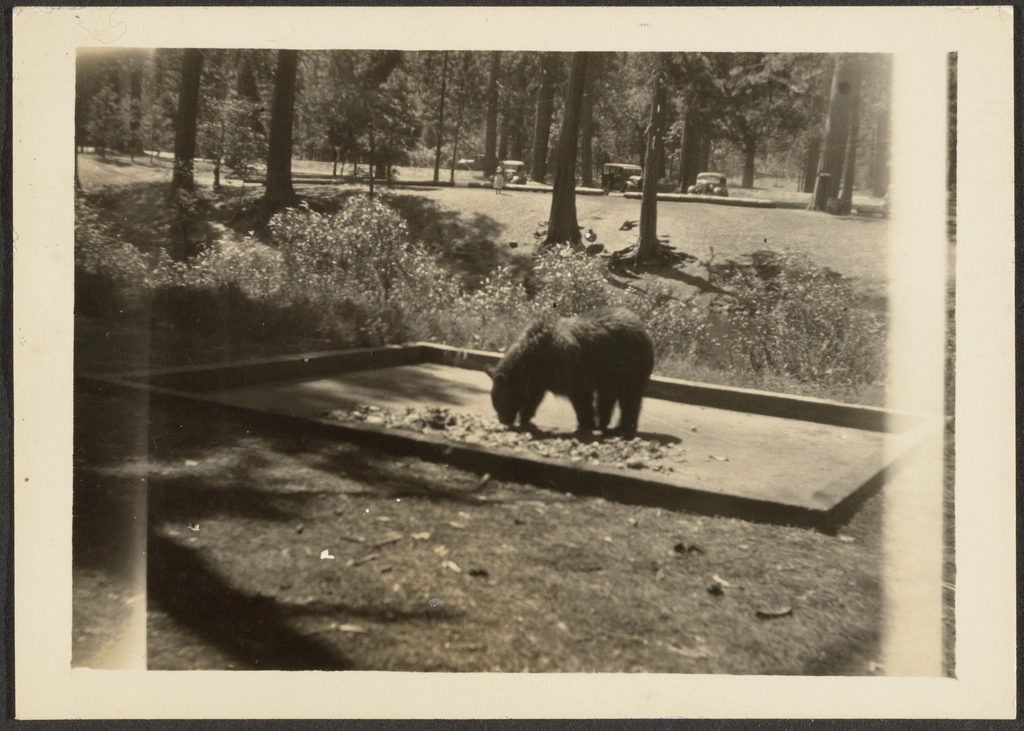
Conflicts usually start with food. A bear that finds an easy meal near people is likely to come back, and repeated visits can lead to dangerous situations. Bears that lose their fear of humans might act aggressively if startled, or cause costly property damage. Sometimes, authorities have to relocate or even euthanize bears that become too bold. These outcomes are heartbreaking for wildlife lovers and challenging for communities. The root problem is often preventable—simple actions like securing trash and removing attractants can make all the difference.
Community Solutions: Living Safely with Bears
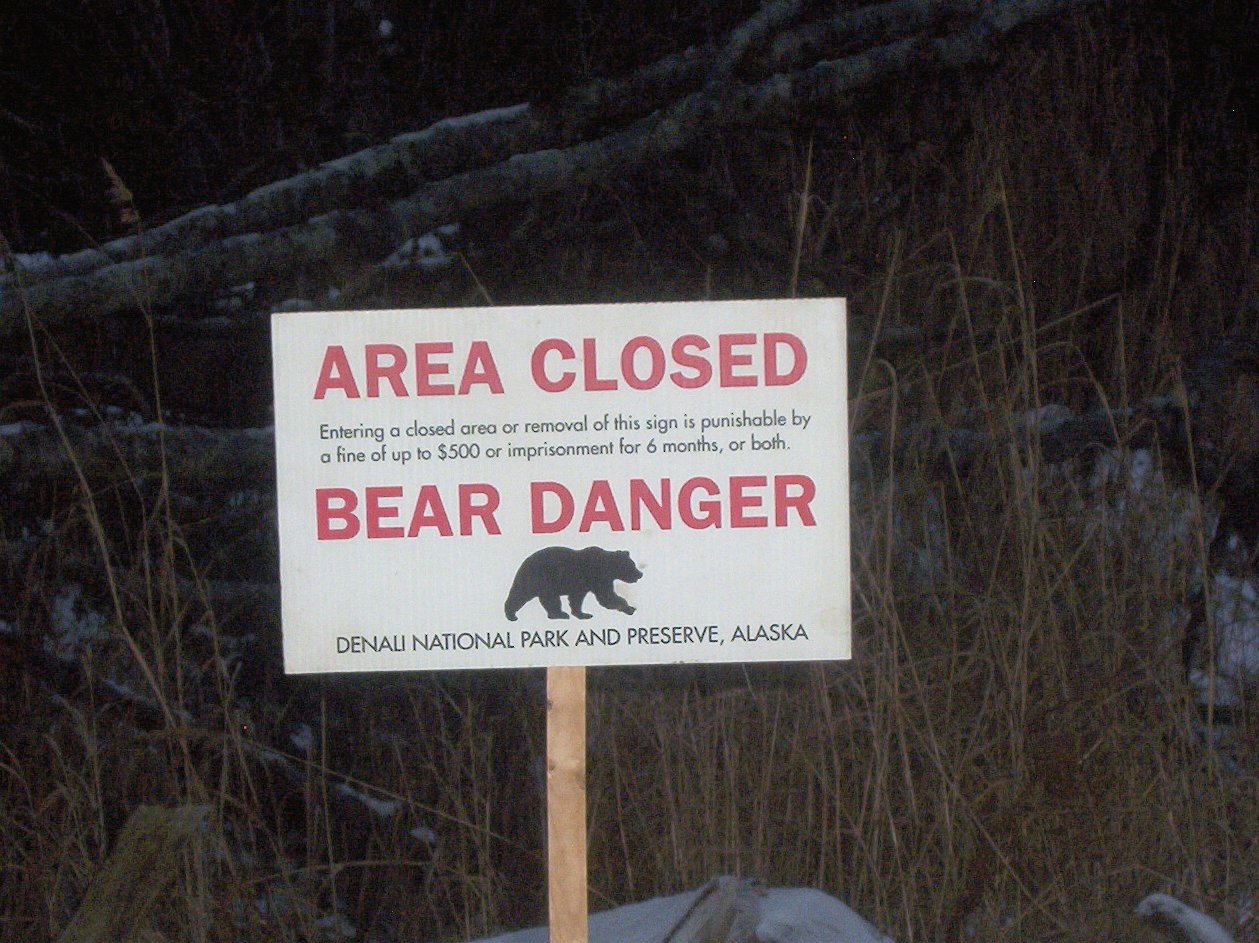
Many towns and neighborhoods are stepping up with creative solutions to bear conflicts. Bear-proof trash cans, public education campaigns, and strict rules about feeding wildlife are making a real impact. Some places have “Bear Smart” programs that teach residents what to do if they see a bear, how to store food, and when to call for help. Over time, communities that work together can reduce conflicts dramatically, allowing bears to pass through without incident and keeping people safe. It’s not always easy, but the success stories are inspiring.
Climate Change and Black Bear Range Shifts
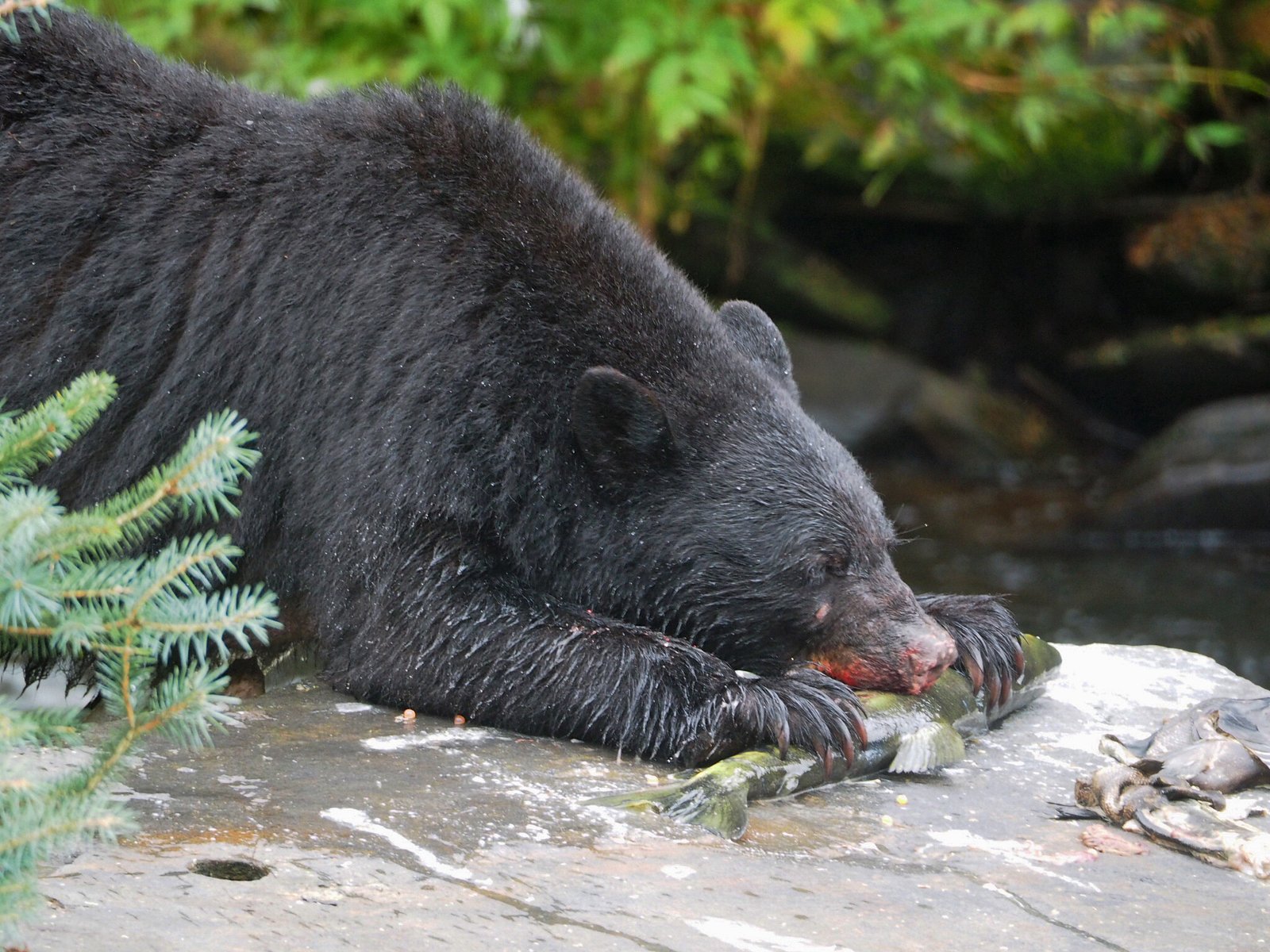
As the climate warms, black bears are finding new places to call home. Milder winters mean more cubs survive, and changing forests provide new foods. In some regions, bears are moving northward, into areas that once seemed too cold or barren. This shift isn’t just a curiosity—it’s a sign of how wildlife is responding to a rapidly changing planet. Scientists are closely watching these changes, hoping to learn what other species might do as the world warms and habitats shift.
Black Bears and Biodiversity: The Ripple Effect
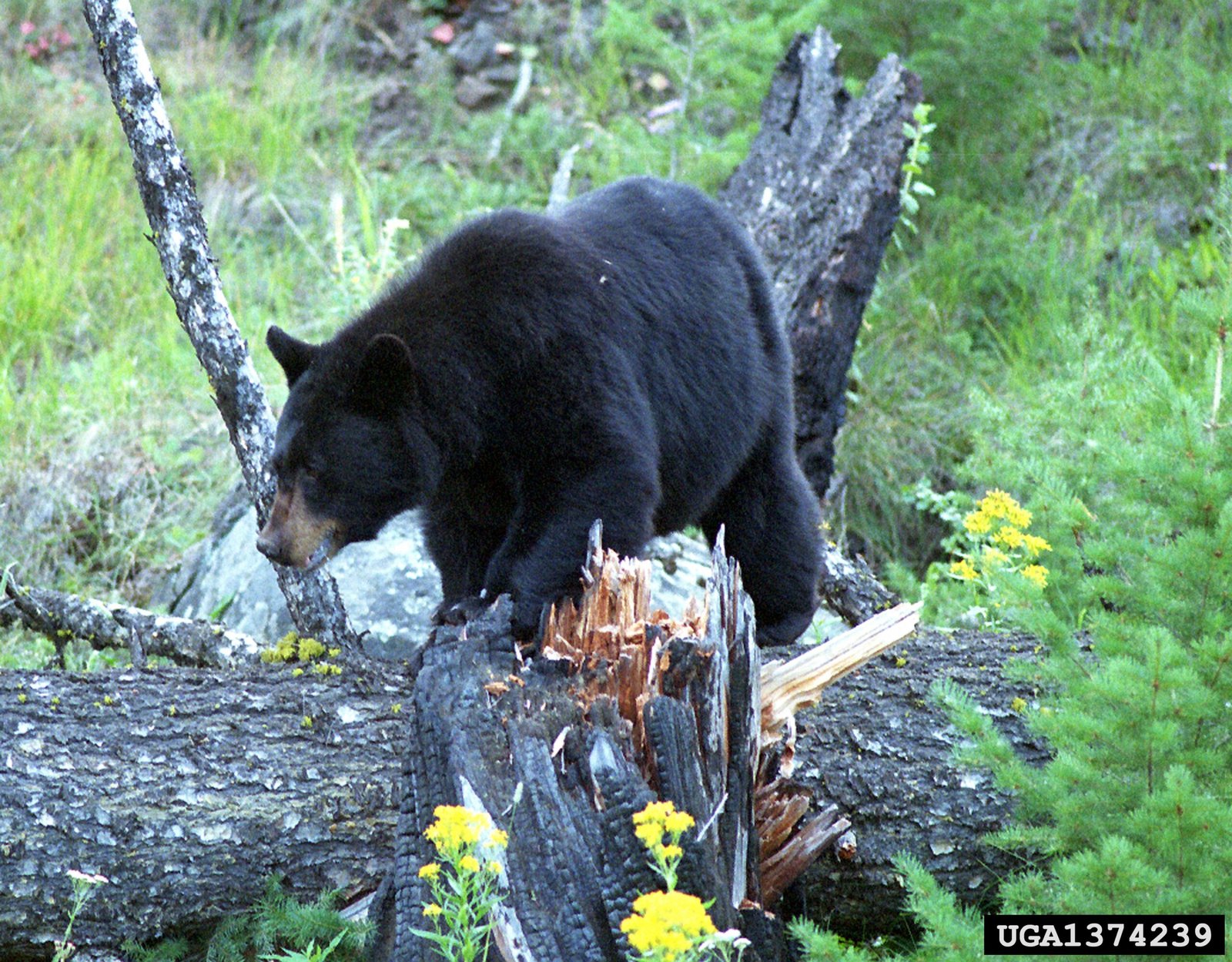
When black bears return to a region, they don’t come alone. Their digging, foraging, and even their droppings help shape the ecosystem. Bears spread seeds, aerate the soil, and control insect populations. Their presence signals a healthy forest, where large animals can thrive. When we protect bear habitat, we also protect countless other plants and animals, from songbirds to salamanders. It’s a reminder that every species is connected, and the comeback of the black bear is good news for the wild as a whole.
Bears and People: Fear, Fascination, and Folklore
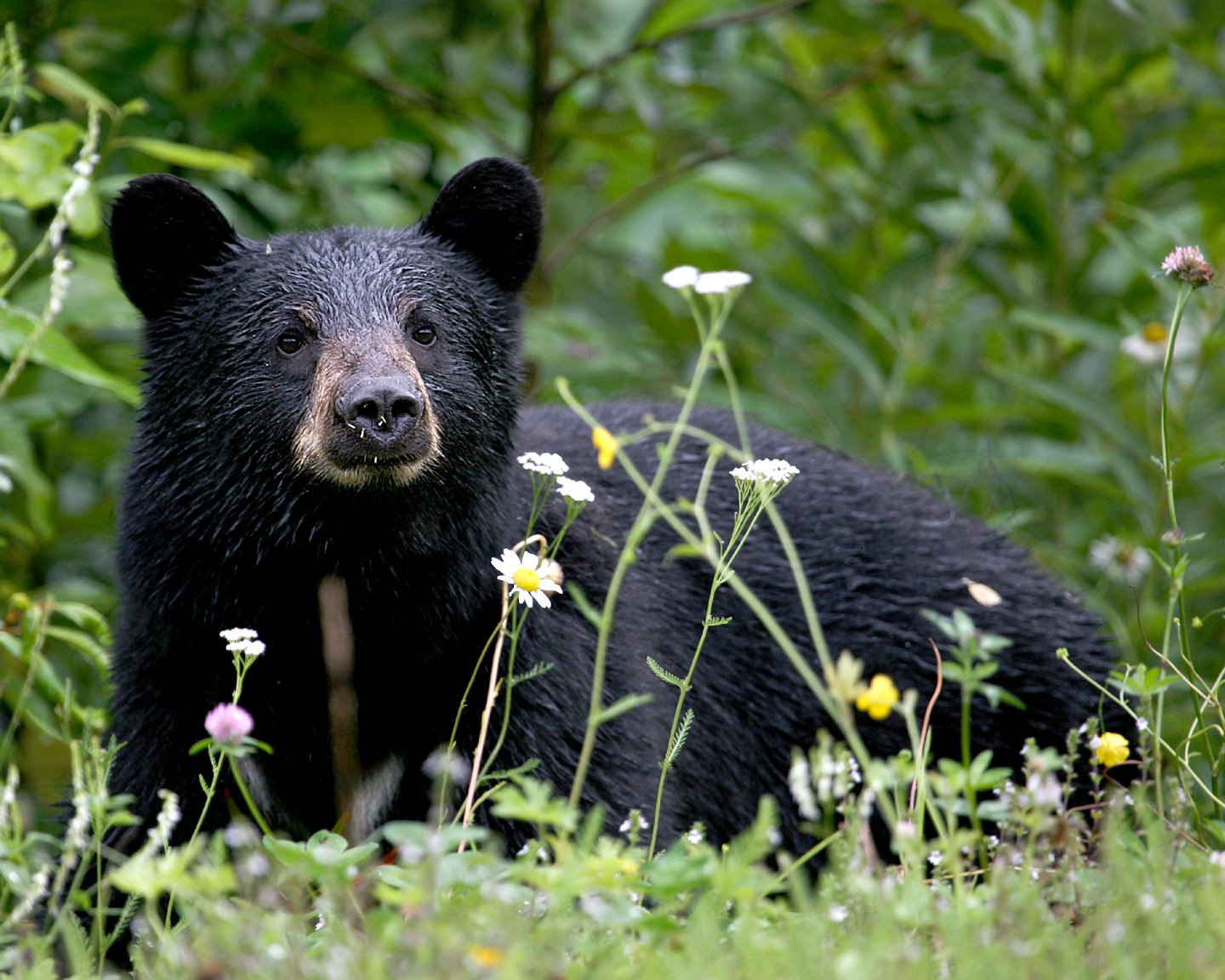
Black bears have always been a part of North America’s cultural imagination. Native stories tell of bears as teachers and guardians, while early settlers saw them as threats to livestock and crops. Today, bears inspire both fear and fascination. Social media is filled with videos of bears opening car doors or wandering through playgrounds. For some, a bear sighting is a thrill; for others, it’s a reason to worry. The truth is somewhere in between—a relationship shaped by respect, caution, and a little bit of wonder.
Legal Protections and Conservation Efforts
Black bears enjoy varying levels of protection across their range. In some states, hunting is strictly regulated or prohibited, while in others, it helps manage populations. Conservation groups work to preserve key habitats, connect wild spaces, and educate the public. Laws that protect bears from poaching and habitat destruction are crucial, but so is community support. The success of black bear conservation shows what’s possible when people and policymakers work together to protect wildlife.
Learning from Other Species: A Broader Perspective
Black bears aren’t the only large mammals on the move. Cougars, wolves, and elk are also expanding their ranges in some parts of North America. Each species brings its own challenges and lessons about coexistence. By studying how communities adapt to black bears, scientists and wildlife managers can develop better strategies for other animals. It’s a big experiment in sharing space with wild neighbors, with plenty of surprises along the way.
Personal Encounters: Stories from the Front Lines
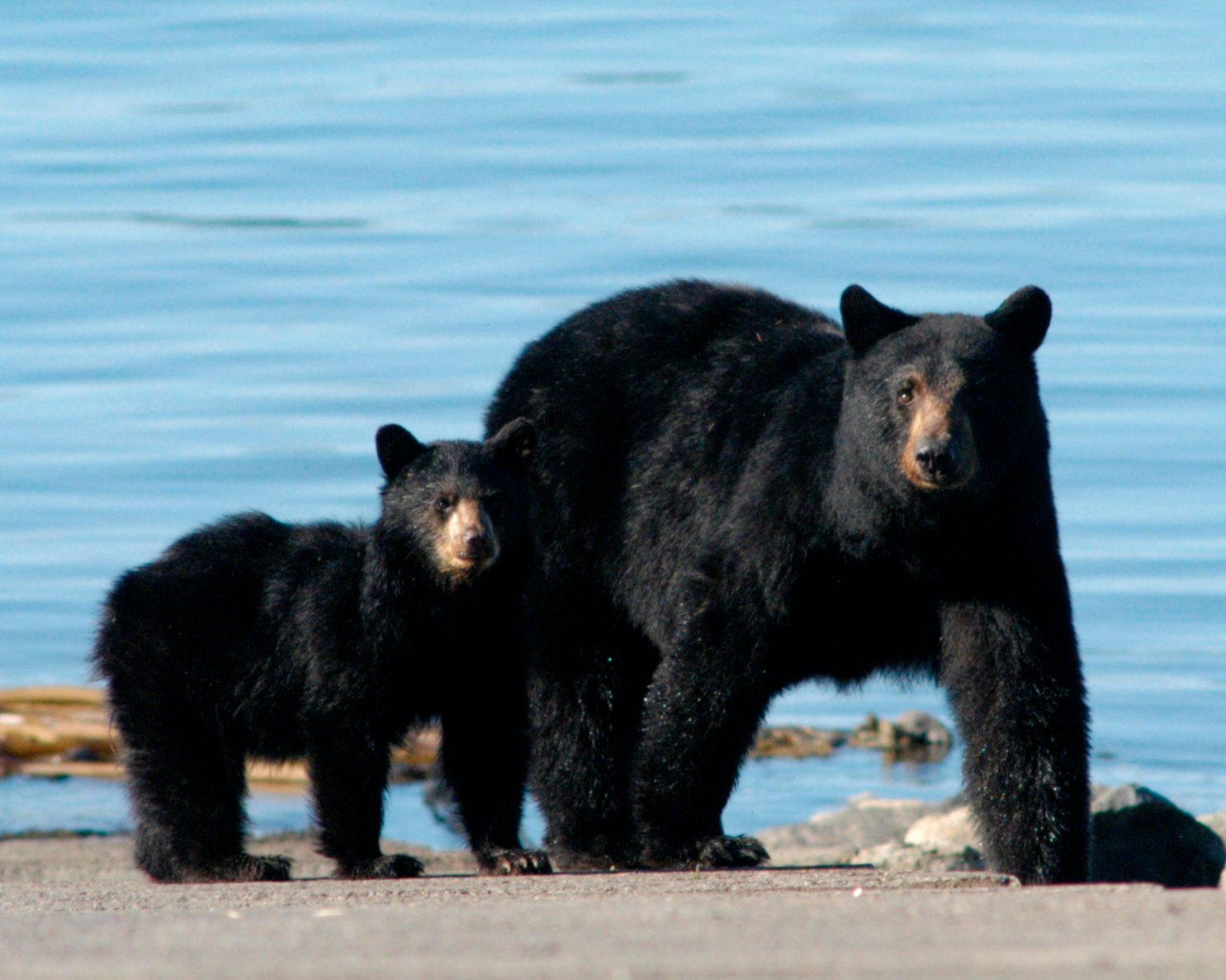
Talk to anyone who’s lived near black bears, and you’ll hear stories that run the gamut—frightening, funny, and awe-inspiring. A hiker in Vermont might recall freezing in place as a bear crossed the trail just yards away. A family in North Carolina might laugh about the time a bear stole all their apples. These personal encounters shape how people feel about bears and influence local attitudes. Sometimes, a single close-up bear encounter can change someone’s mind forever about the value of wildness.
The Road Ahead: The Future of Human-Bear Boundaries
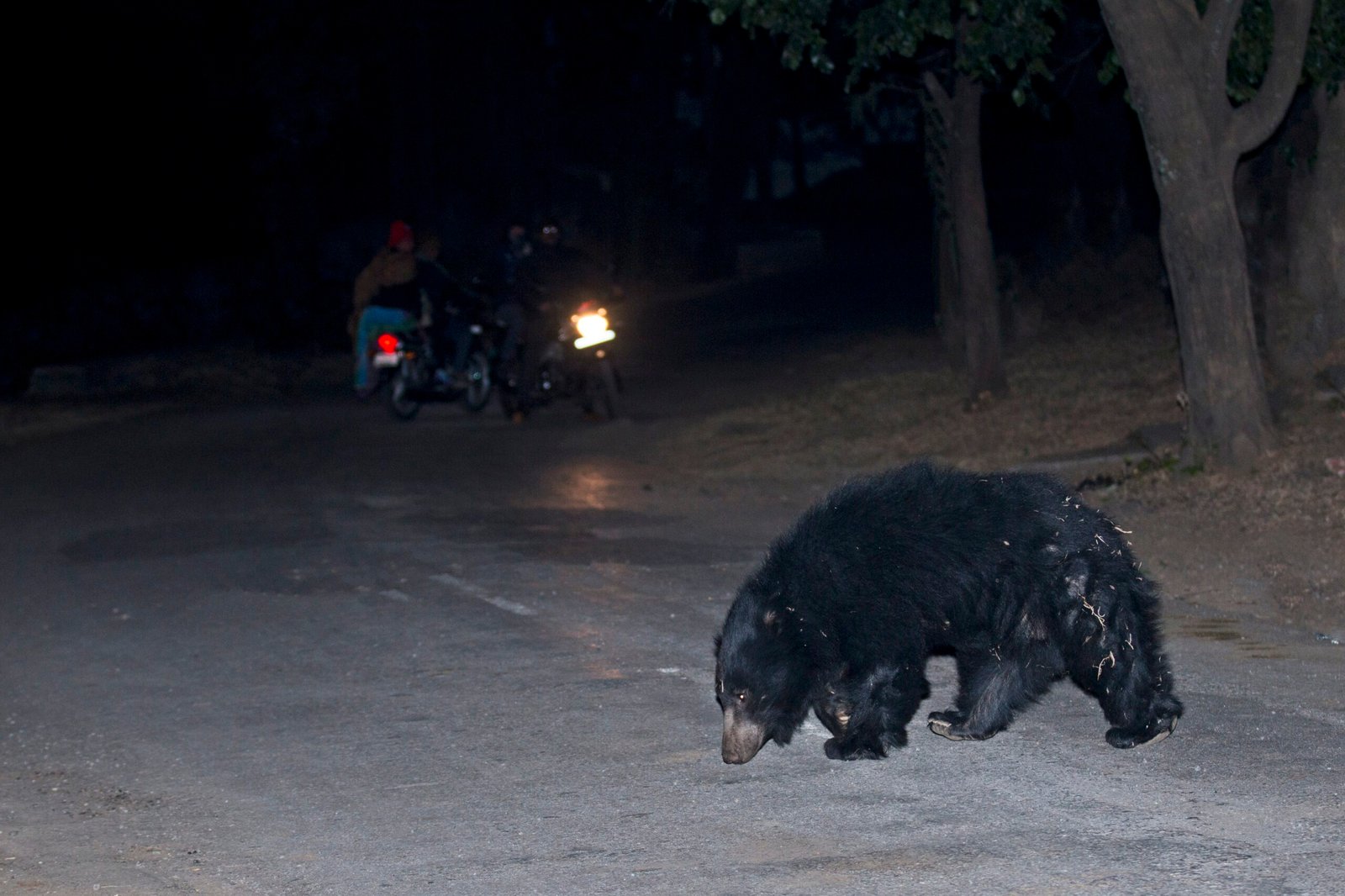
The American black bear’s expanding range is a sign of both challenge and hope. As their territory grows, so does the need for people to adapt—rethinking how we build, farm, and live on the land. The future will depend on our willingness to learn from mistakes, embrace new solutions, and recognize that we are part of a much bigger ecosystem. The question isn’t whether bears and people can coexist—it’s whether we’re willing to do the work to make that coexistence peaceful and safe.
Reflections on Sharing Space with the Wild
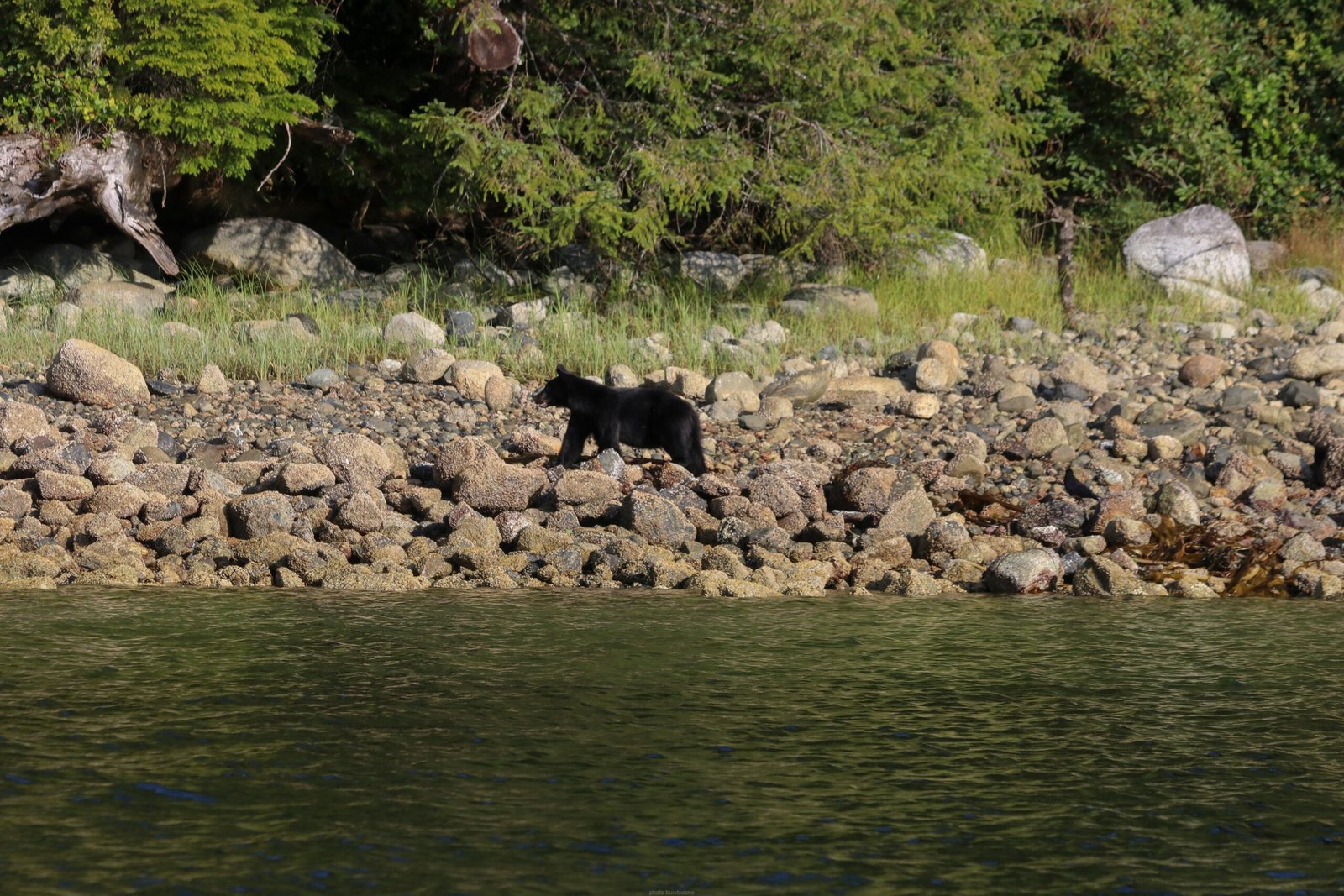
The return of the black bear to so much of North America is a powerful reminder that wildness isn’t gone—it’s just waiting for a chance to return. Every bear that pads across a backyard or sniffs at a picnic table is a symbol of resilience, adaptation, and hope. The boundaries between our world and theirs are changing, and with them, our responsibilities. Are we ready to meet the challenge and find new ways to live alongside these remarkable animals?

